News
New York Bill Aims to Ban New Mega-Dairies
Law & Justice•6 min read
Explainer
Animal cruelty often happens in plain sight, but it can be hard to recognize. Here are a few strategies to combat cruelty against animals in all its forms.
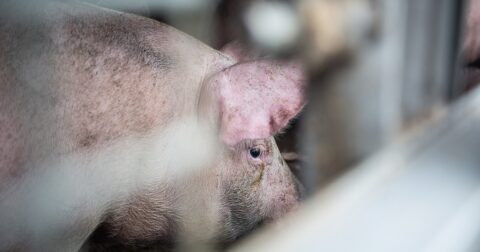

Words by Grace Hussain
Animal cruelty can often be difficult to recognize but it has proven to be a pervasive problem. No species or community is exempt from the experience of animal abuse and neglect. Understanding what animal cruelty does and does not entail is one of the first steps to helping prevent it from continuing to happen. Animals don’t deserve to suffer whether for food, cosmetics, entertainment, or the pet industry.
Simply put, animal cruelty is causing harm to an animal whether by purposeful action or neglect. Though certain activities are broadly accepted as cruel, such as animal fighting, the specific actions considered animal cruelty vary from individual to individual and from country to country. Many would argue that docking a piglet’s tail without sedation is cruelty while others would counter that it is standard practice for meat production to prevent injury later on in the pig’s life. Laws pertaining to animal cruelty also differ from country to country. Docking a piglet’s tail as standard procedure is illegal in the European Union (EU) whereas it is common practice in the United States (US).
Cruelty to animals is not bound by any particular set of characteristics. Rather, it takes place in every state by every age group and economic class. According to the Humane Society of the United States, men under 30 are more likely to intentionally abuse animals while women over 60 are more likely to participate in animal hoarding.
Animal cruelty has been correlated with domestic violence in what has come to be known as “The Link”. The Link suggests that people who abuse animals are more likely to also abuse people. One example is that domestic abusers have been known to harm pets as a way of controlling their victims.
The species that are most frequently reported as being the victims of animal cruelty are dogs, cats, horses, and farm animals. Farm animals suffer on factory farms by the thousands, but because they are often exempted from cruelty laws or have much more lax protections than do pets, there is not very much legal action that can be taken to reduce their suffering.
There are two broadly accepted types of animal cruelty: neglect and intentional.
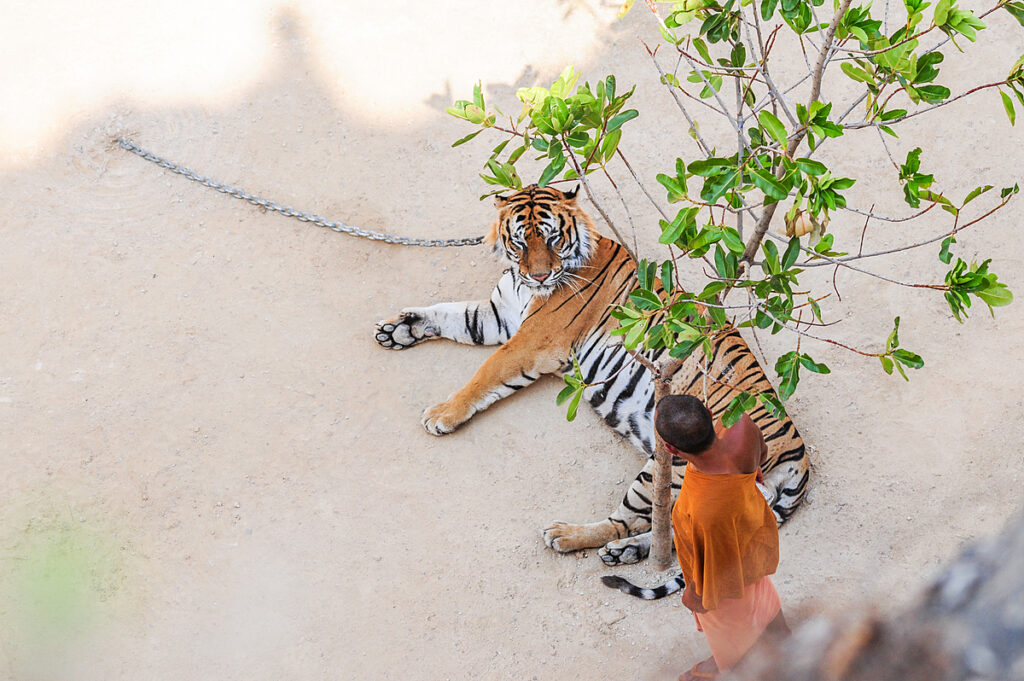
Neglect entails providing insufficient care to an animal resulting in harm. A particularly severe example of this is animal hoarding. Animal hoarders are characterized by owning a greater than normal amount of animals, being unable to provide the basic care that the animals require and that they deny that they are unable to provide for the animals.
Intentional animal cruelty entails acting to harm an animal. Examples include animal fighting, overworking a horse or other animal, and torture.
Animal cruelty can be difficult to recognize due to the broadness of cruelty and its often private nature. It is also important to recognize that the presence of one or two of the signs below does not necessarily mean that an animal is being abused.
Physical and behavioral signs of abuse can include:
Some environmental signs that abuse may be taking place include:
The legality of particular acts of animal cruelty largely depends on where the activity takes place. For example, an act of cruelty against a farm animal or lab animal that would be illegal in some places may not be considered prohibited animal cruelty in some countries due to exceptions in the laws of the individual countries. In the United States, the most prominent law preventing animal cruelty omits both farmed and lab animals from coverage.
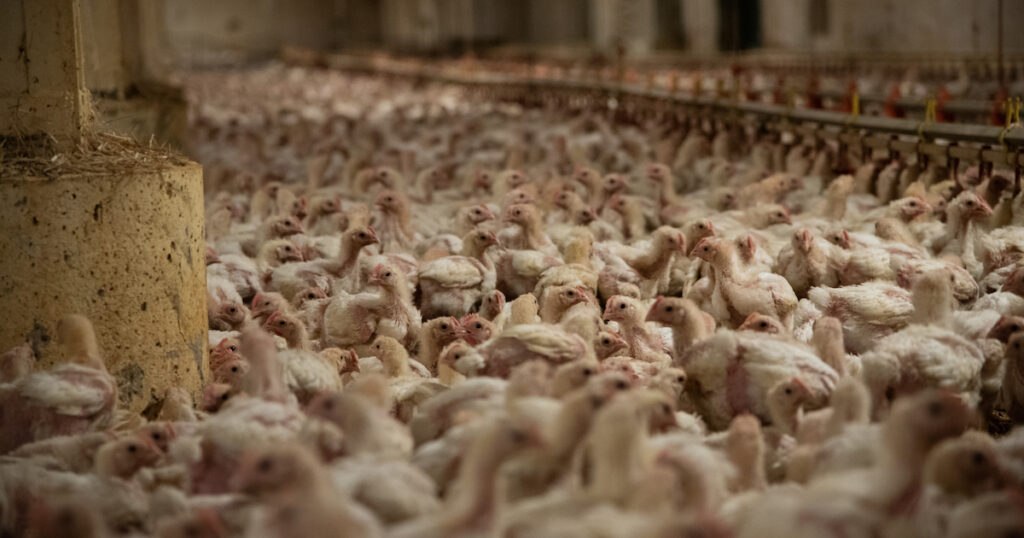
The laws pertaining to animal cruelty vary based on the jurisdiction of the activity. Below are a few examples of animal cruelty laws in the United States and the European Union.
The primary federal law about the treatment of animals and the prevention of animal cruelty is the Animal Welfare Act. This law primarily focuses on the housing, care, and transportation of animals used in labs, zoos, and bred and sold commercially. However, several species are not covered under the law: birds, rats, and mice bred for research, and farm animals amongst others. In 2019, the PACT (Preventing Animal Cruelty and Torture) Act was signed into law. The law prohibits the creation and distribution of “crush videos,” those that involve the crushing and killing of animals. In addition, the law prohibits some of the worst animal cruelty including burning, suffocating, and drowning of animals.
The laws at the federal level can generally only impact those actions that cross state lines. For this reason, most animal cruelty laws in the United States are implemented by states and not the federal government.
In Pennsylvania, the term includes failure to provide food, water, necessary veterinary care, and shelter; knowingly overloading, beating, or abandoning; tethering an unattended dog for more than nine hours within a twenty-four-hour window; and animal fighting amongst other acts.
In Alabama, cruelty to animals is defined simply as subjecting any animal to mistreatment or cruel neglect. The definition also specifically includes causing harm to an animal belonging to someone else without good reason.
The EU recognized animals as sentient beings in 2009 adding a requirement that member states “pay full regard to the welfare requirements of animals”. Before 2009 the EU had the European Convention on the Protection of Animals Kept for Farming Purposes which outlined the expectation that farmed animals be allowed to experience the five freedoms:
These outlines apply to member states of the EU, but countries also enact their own animal protection laws.
Portuguese law dictates a prohibition on unnecessary violence against animals, abandonment, purchasing an injured or sick animal for any purpose other than healing it, among other activities.
Legislative Decree No. 189/2004 protects animals from three primary areas of cruelty: cruel or unnecessary killing, cruel or unnecessary injury, and abandonment.
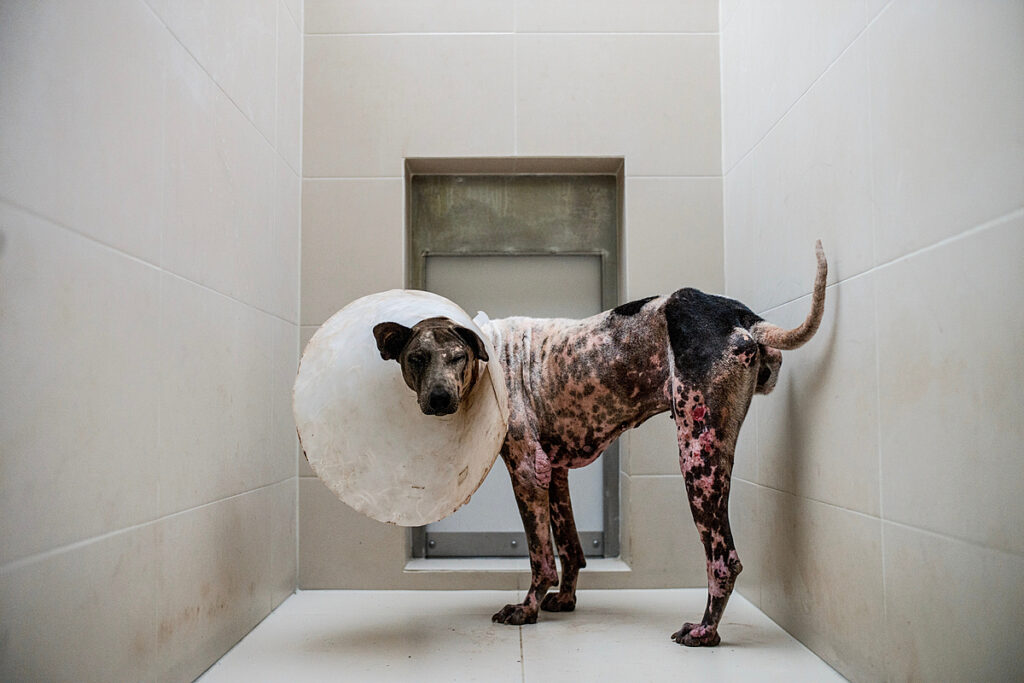
All fifty states and the federal government have laws that allow for animal cruelty to be prosecuted as a felony. Felonies are considered the most serious class of crimes in the United States.
The PACT Act provides for the prosecution of those that perform certain cruel acts such as crushing, burning, or suffocating animals to be tried for a felony.
In the state of Florida, animal cruelty that results in the death or repeated harm of an animal is considered a third-degree felony. The perpetrator can be charged with up to 5 years in prison and a $10,000 fine.
In Idaho, poisoning an animal can be considered a felony punishable by up to 3 years in prison and a $5,000 fine. Causing the death or serious physical injury to working dogs or horses can result in up to 5 years in prison and a $10,000 fine.
There are several steps that can be taken to help reduce animal cruelty.
Adopting pets instead of purchasing helps to ensure that there is space in animal shelters for pets that may be the victims of cruelty. In addition, it helps by not contributing to the cruelty of puppy mills.
By donating time, money, and other resources to animal shelters you can help to increase the number of animals that rescues are able to help. Other animal organizations, such as HSUS, SPCA, Mercy for Animals, and Animal Equality can also use donations to help with investigations of animal cruelty.
Perhaps the most effective method of cutting down cruelty is making sure that the next generation of pet owners, kids, know how to treat animals and provide them with proper care.
Looking for cruelty-free products and eating a more plant-based diet helps reduce animal cruelty by limiting the number of animals suffering in labs for the production of cosmetics or on factory farms for food.
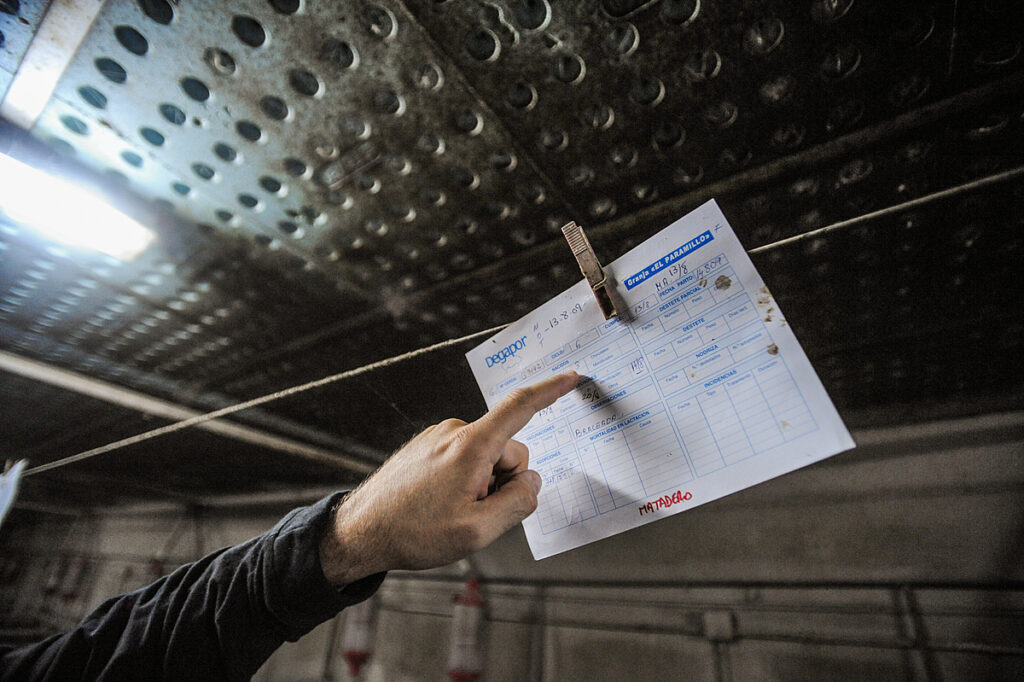
There are several methods by which animal cruelty can be reported depending on the medium.
To report animal cruelty seen online you can file a report with the Internet Crime Complain Center. You can report to the center whether you live within the US or abroad, as long as the suspected abuser resides within the United States.
There are two primary resources available for reporting animal cruelty in movies and on television. The first is PETA’s whistleblower line that can be reached at 323-210-2233 or emailed at [email protected]. The other resource is the American Humane Association’s Movie and Television Unit which can be reached at (818) 501-0123.
Animal cruelty can be reported to the local authorities. Within the United States, most communities have an animal-specific arm of law enforcement to whom the local police can direct you. Before contacting the authorities, however, consider reaching out to a local shelter or animal hospital to discuss the situation to see what they suggest are the best next steps.
Understanding animal cruelty is one of the first steps to stopping it from occurring. By being aware of what is happening in your community, donating your time or other resources, being cognizant of the products you purchase and making sure that the children in your life know proper animal care, you can help stop animal suffering.